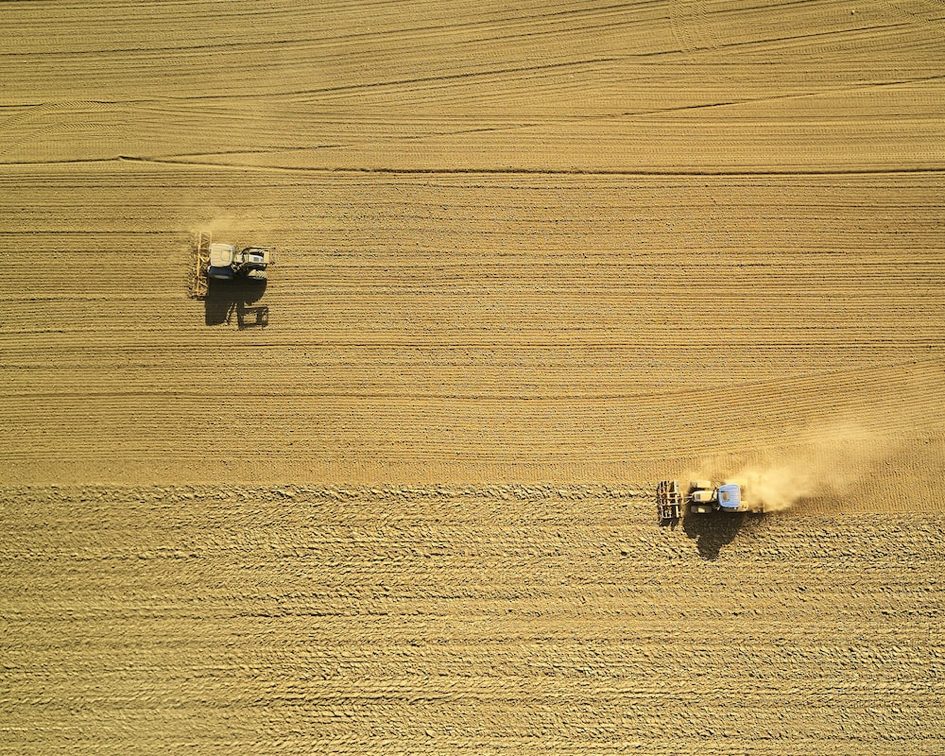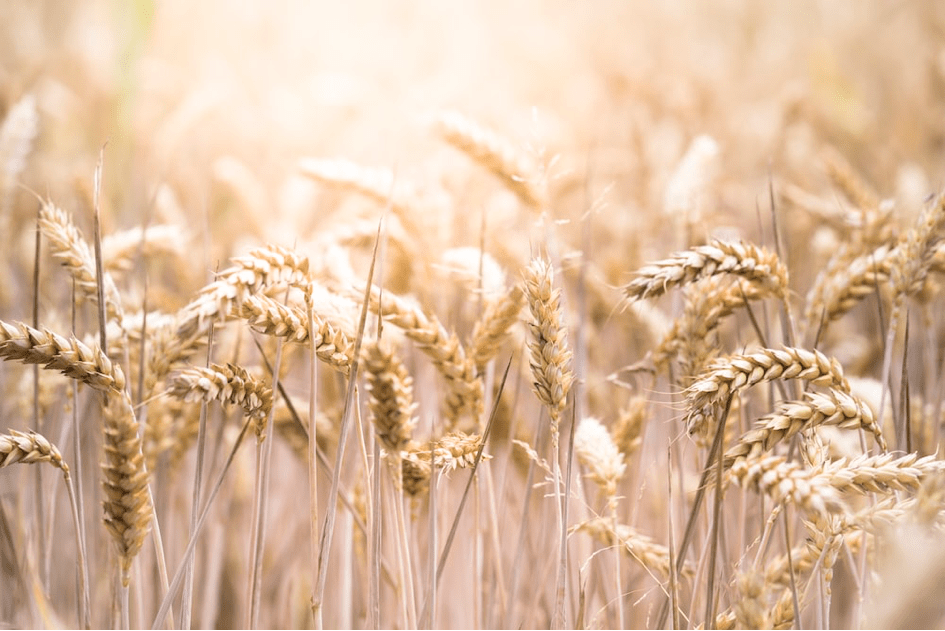Rice prices have doubled in a year. India is taxing its rice exports to protect its domestic market. Africa, a net rice importer, is heavily affected by this situation. 40% of global rice sales come from India.
For several years, global rice consumption has been constrained by limited and uneven worldwide production. Most of the rice produced globally (523 million tons – source: International Grains Council) is first consumed by the producing countries. Commercial trade is limited (51 million tons) and makes up only about 10% of the world’s rice harvest.
In recent years, the additional grain volumes harvested worldwide have covered the increasing needs of the countries that produced them, rather than boosting commercial trade.
Most notably, the significant increase in global rice production comes from India. In just three to four years, India has harvested around ten million additional tons of rice (133 million tons). Despite this increase, its export capacity has decreased by 5 million tons. It is not expected to exceed 16 million tons in 2023-2024. However, India is consuming more and more rice.
India is concerned that the upcoming harvest might be the lowest in the last eight years. To guard against a production drop, it has decided to tax its exports. India’s priority is to secure the domestic market. Rice stocks are relatively low, equivalent to two and a half months of Indian population consumption.
Indian exports blocked! There was a precedent in 2008 when India, being a less significant exporter, banned non-basmati products and milled rice exports. After lifting the ban in 2011, India increased its shipments and became the world’s largest rice exporter.
Confused Importing Countries
However, rice prices have doubled this year. Africa imports 19 million tons of rice annually to feed its population, and its demographic growth mechanically increases its needs while its rice production stagnates around 24 million tons.
Nigeria is the largest rice-producing country in Africa (5.2 million tons – source: International Grains Council), followed by Egypt (3.8 million tons) and Madagascar (2.8 million tons). Other countries produce around 1 million tons of rice per year.
In the past, the amount of rice available for export worldwide has always been limited. In 2023, the limiting factor is the price. As a result, rice-importing African countries are now forced to control their purchases.
India’s decision to tax its grain exports and the resulting surge in rice prices are also causing problems for Indonesia. Although it was a minor rice importer until recently, this year, it is expected to more than double its imports in 2023 as the government has allowed 2 million tons of imports.
However, Indonesia will pay a high price for its purchases. Thailand and Vietnam will be its main suppliers, but again, their availability is limited. The price of a ton of rice has sold for over 625 dollars.

Culture du riz dans la région de Casamance au Sénégal. Photo:9elisa9
Price Surge with Little Media Attention
Several events suggest that there is no stabilization in the rice market in the coming months. According to the US Department of Agriculture (USDA), rice production has declined in Pakistan and Myanmar. In Thailand, only 19.5 million tons of rice are expected to be harvested in 2023-2024, a 7% decrease from the previous year. The Thai government has advised farmers to limit rice cultivation to conserve water resources for other uses.
In 2022, rice prices didn’t surge when wheat prices reached record highs because the markets for these two cereals are tightly linked. Wheat cannot substitute for rice, and vice versa. However, in recent months, the surge in rice prices has been just as remarkable as that of wheat a year ago, albeit less publicized.
The mechanics are the same. Geopolitics takes precedence over agricultural market fundamentals. India is the conductor of the global rice market, consumed by nearly three billion people. Every decision it makes resonates worldwide.
Structural Imbalance
The surge in rice prices highlights the structural imbalance in the global rice market. The global rice trade is controlled by a very limited number of countries, with India leading until last year, accounting for over 40% of the market.
The countries exporting the grain are primarily Asian and the United States (80% of the 50 million tons traded worldwide). Importing countries are mostly in Africa (40% of global transactions). Since 2020, India has been the cheapest supplier of white rice, especially to sub-Saharan countries.
No other rice-exporting country is in a position to take India’s place in the export market. The four other rice-producing countries (Thailand, Vietnam, USA, and Pakistan) collectively sell around twenty million tons, while about a dozen others sell twenty million more.
China plays a minor role in the rice market. Rice is the crop that China relies on to ensure its food security. Its production hovers around 149 million tons, with stocks of 105 million tons, equivalent to eight months of consumption. Each year, it exports four million tons and imports two million tons of grains.




